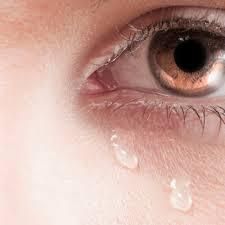Spotting Disease With Human Teardrops: The New Technology
Tears from people could contain a wealth of insightful information.

What is the new innovation on spotting disease?
The latest innovation, called iTEARS, uses nanotechnology to examine the makeup of tears. Exosomes, a particular little sac that makes up tears, are in charge of transporting the molecular messages sent by the body.
According to a study that was published in ACS Nano, if humans can successfully intercept and identify these signals, they can see inside the human body and diagnose diseases like diabetes. Researchers claim that the process just needs 5 minutes.
According to Fei Liu, a biomedical engineer at Wenzhou Medical University in China, “We wanted to show the potential of using tears to detect sickness.” He said it with hope that one day people will start shedding the tears in home and just provide a window for the scientists to look into their entire body.
The amount of fluid leaking from the eyes is far smaller than that from other body regions. It can be really difficult to take enough of these exosome- containing sacs.
Tears contain small sacs packed with cellular signals, similar to saliva and urine . These miniscule mailbags could provide new information on what is happening inside the body if scientists were able to intercept them.
So Liu’s team came up with a brand-new technique to extract the sacs from minute amounts of tears. The researchers started by gathering study participants’ tears. In a subsequent step, the scientists put a solution containing the tears to a device with two Nano porous membranes, vibrated the membranes, and sucked the solution through. The process allows small molecules to escape in a matter of minutes, leaving the sacs behind for examination.
The outcomes were eye-opening for scientists. The scientists discovered that various forms of dry-eye disease leave their own molecular traces in people’s tears. Additionally, tears may be able to help physicians track the development of a patient’s diabetes.
According to study coauthor and bioengineer Luke Lee of Harvard Medical School, the researchers now want to examine tears for signs of other illnesses like melancholy or emotional stress. He says, “This is just the beginning. Tears convey a feeling that hasn’t truly been explored.


